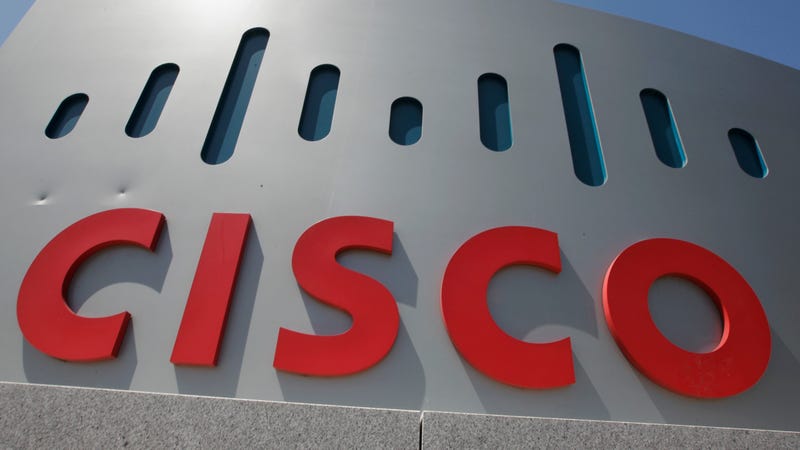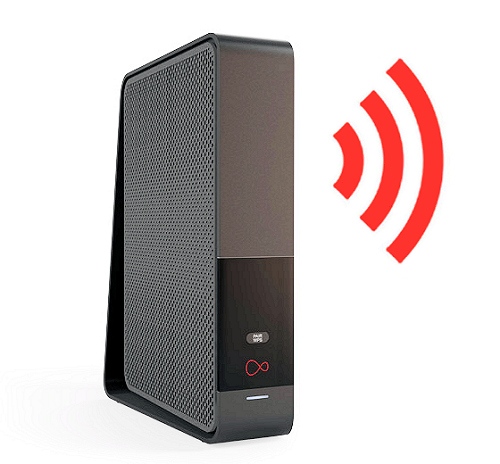As mobile phones became a ubiquitous part of our daily lives, managing minutes kept costs under control.
Today, we are less concerned with using minutes, and more concerned about data usage.
As a result, mobile users and providers must track data usage with the same diligence used for tracking minutes.
Before we get too far, what exactly is data usage?
Data usage is any activity that requires the mobile network (aside from calls) to transmit or access information.
This includes using your phone’s web browser along with streaming services. The streaming services are responsible for the lion’s share of data usage.
This is why many users end up with data overages.
We all know that today’s mobile phones are equipped with WiFi technology; therefore, a natural solution for mitigating data usage and overages is connecting to WiFi whenever — and wherever — possible.
WiFi is much faster connection than 4G — the mobile network used by most carriers.
Since WiFi connects to broadband, most broadband plans allow for data transmissions exceeding 100 GB. Businesses often have larger broadband data caps.
Now that you know more about the technical details, one of the most important questions related to WiFi calling is:
Does WiFi Calling Use Data?
The answer from nearly every prominent mobile phone provider is no.
So, without further adeu, here are some tips on how to make WiFi calls.
How to Make WiFi Calls
Making WiFi calls is extremely easy. For nearly every phone type, simply go to the Settings menu, then Phone, and toggle the WiFi Calling option to “On.”
Because many different carriers are enabling WiFi calling on various devices, and not counting WiFi calls against data plans, users can easily set their phones and devices to automatically connect with any available WiFi networks when in range. This will help you to manage your data effectively.
WiFi calling is also an easy way to keep your data usage low while getting better service.
How to Track Data and WiFi
If you use WiFi often, then your mobile data usage is probably quite low. However, it is still important to track your mobile data, and here are some reasons why:
How Data is Used
Many phones and devices break down the different types of data usage. This allows you to not only make WiFi calls, but also perform other activities, such as stream media but use less data.
The average call uses roughly 4MB. High-definition video uses a lot more data. In fact, an hour of streaming video in high-def can cost you up to 1 GB of data!
There are several ways to track your data. Mobile phone services make it easy because data is critical for any mobile plan today. Again, you can easily make it a habit to track data by opening up your service provider’s app and clicking on data. You’ll see how much data you have used and how much is left for the month, or billing period.
Using WiFi service as much as possible lowers your mobile data usage tremendously. If you’re looking for a deeper dive, there are many apps that break down data usage by type. This is helpful for managing data when WiFi is not readily available.
The Right Plan
Having a plan with limited or little data can be very costly. Conversely, a plan with a great deal of unused data is essentially giving away money.
Monitoring your data allows you to average your monthly usage and select a plan that is the best possible fit for your needs.
WiFi Calling for Businesses
Businesses appreciate the convenience of WiFi calling in order to keep costs down. Larger businesses may have employees on mobile business plans with pooled data. WiFi calling is preferred because saving data is paramount.
Many businesses have shifted to VoIP systems due to convenience. But how does that help executives and team members on the go? Nextiva shows how a WiFi network provides the same experience as a VoIP setting.
As detailed in this blog, the increased functionality provided by WiFi gives professionals greater flexibility. Connecting to WiFi provides a sense of professionalism with clear, high-quality calls that don’t drop.
Furthermore, a great VoIP network over WiFi increases productivity and efficiency, which have a direct impact on bottom line.
Voice Packets vs. Data Packets
Today’s best VoIP systems implemented over WiFi prioritize the transmission of voice packets over data packets.
What does this mean? Consider an example…
Think about standing in a line to board an airplane. In most cases, VIP and first-class passengers board first. Then, the economy or coach passengers board next.
Voice packets are the VIP/first-class passengers, and data packets are the economy passengers.
Prioritizing information transmission in this order ensures higher quality calls. The data arrives at its destination without any disruption or noticeable delay.
The needs of a voice call – clarity, reliability, and immediate connection upon dialing – get lost in the shuffle, if this prioritization is not in place.
Why WiFi Calling is the Answer
All in all, WiFi calling is clearly more cost effective than data availability and usage. Furthermore, WiFi calls are often clearer, higher quality, and are more reliable than similar calls on mobile networks.
Therefore, adopting and implementing a VoIP solution and WiFi network for calling is a great way for business to cut costs while also increase quality.
One of the best ways to make sure this process is done correctly is partnering with a trusted partner in this field. Nextiva is a leader in the field of VoIP calling. Give your business the cost-effective calling solution today with Nextiva.
Republished by permission. Original here.
Photo via Shutterstock More in: Nextiva, Publisher Channel Content









